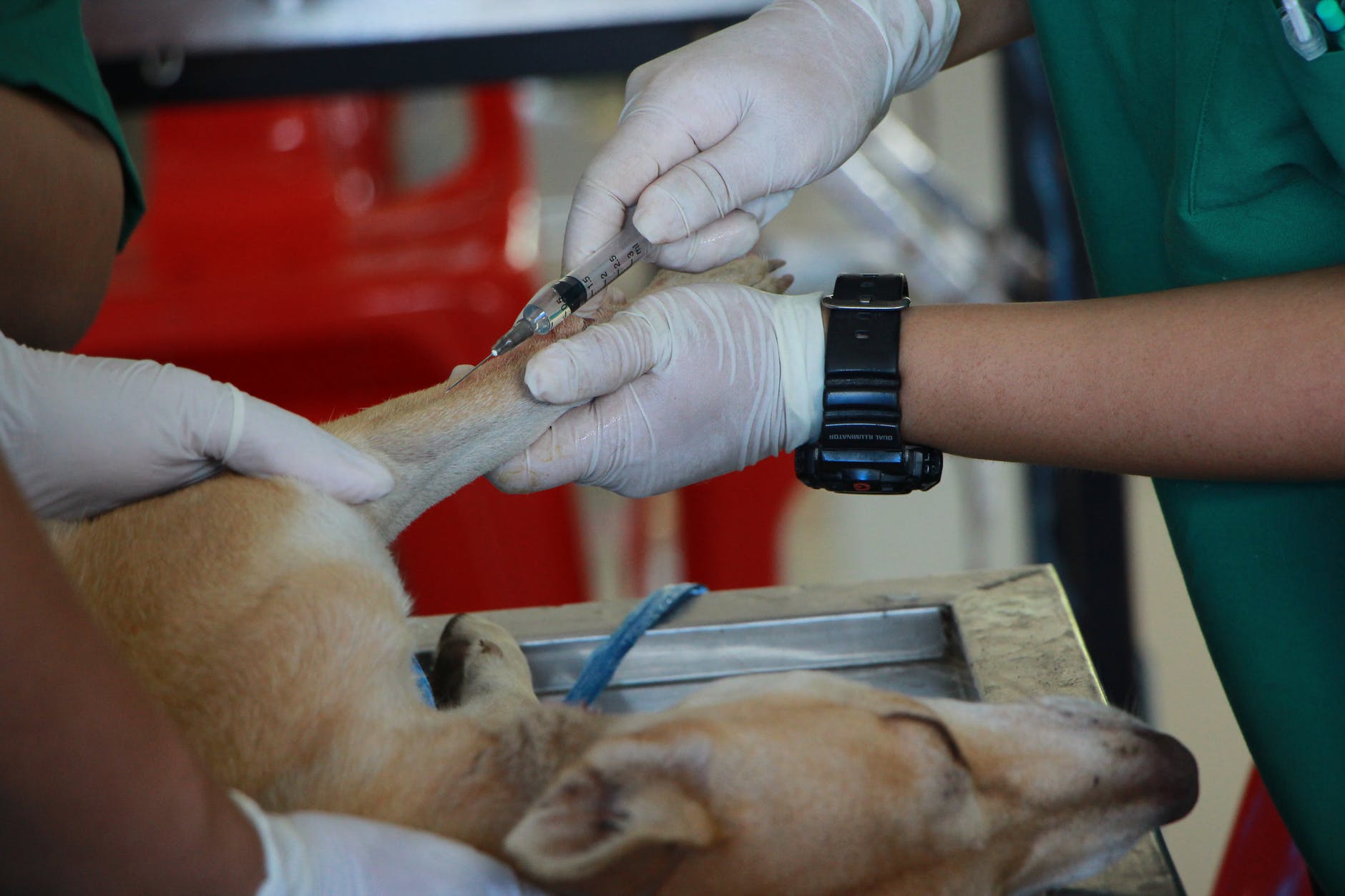Algae blooms responsible for killing numerous dogs in recent weeks have been spotted in area lakes and ponds. Be on the lookout for signs of them in bodies of water near you.
Summer is the perfect time for a proliferation of algae blooms given the ideal combination of warm weather and standing water. In North Carolina, one family's three dogs all died within hours of playing in water contaminated by an algal bloom, according to a report by WECT.
Harmful Algal Blooms (HABs) have been spotted throughout our region, and unfortunately, they're not always obvious to the naked eye. They occur when cyanobacteria in standing water reproduce in huge numbers due to warm weather and nutrient-rich runoff. Often, the blooms change the appearance of the water and look like scum or foam in shades of blue, green, brown, or red. There may also be a sulfurous, unpleasant smell to the stagnant or slow-moving water. Sometimes, though, the visual changes are too subtle to notice. According to the National Institute for Environmental Health Sciences (NIEHS), excessive runoff of wastewater or fertilizer can trigger these massive algae blooms. Just think of all the heavy rains we've been having and the effects on our local waterways!

Courtesy of Pexels
Dogs are especially susceptible to the effects of HABs because they will drink the water and lick it off of their fur, ingesting the toxins produced by the algae. The toxicity of certain types of algae is so high that pets can experience acute liver failure in just a matter of hours.
According to the Centers for Disease Control (CDC), symptoms to look out for in your dog include:
- overall lethargy or lack of energy
- foaming at the mouth or excessive drooling
- vomiting
- diarrhea
- weakness
- tremors and seizures
If your dog has encountered questionable standing water and is exhibiting any of these symptoms, you should take them to the vet immediately and seek medical attention. As seen in recent cases, death can occur within a matter of hours or days from exposure to the toxins from an HAB.

The state of Maryland has set up an interactive map for identifying and reporting HABs throughout the region. To report suspected algae blooms in Maryland, call (410) 260-8630 or fill out the online form with as much information as you have. Reports will be investigated by the Maryland Department of Natural Resources and the map is continually updated as new information comes in.
The Virginia Department of Environmental Quality has a Harmful Algal Bloom Task Force that investigates and reports on HABs. You can call them to report a potential HAB at (888) 238-6154 or fill out an online form. The Virginia Department of Health recently issued an advisory for parts of Lake Anna and other bodies of water affected by HABs.
Bottom line, don't let your dogs play, swim, or drink from standing or slow-moving water like lakes, ponds, or even some creeks and rivers. The signs of a potential HAB (foam, scum, discoloration, or bad smell) may not be immediately apparent, and the consequences are far too great to risk.
Have you spotted potential algae blooms in your area? Where and when did you notice the signs? Let us know in the comments!
